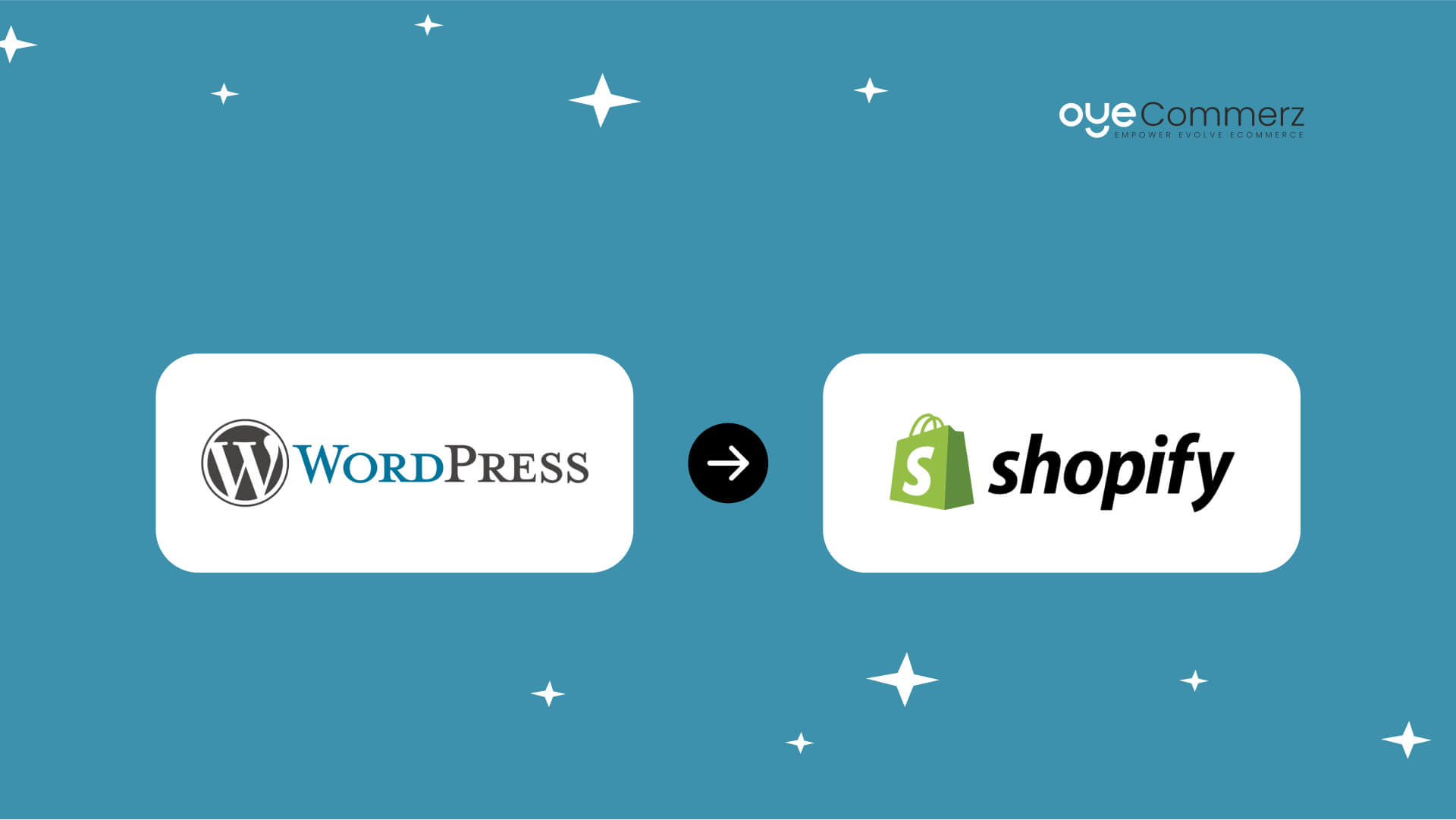Scaling an e-commerce store requires adaptability, growth, and delivering outstanding customer satisfaction.
If you’re planning to migrate from WordPress to Shopify, you’re likely aiming for superior performance, greater functionality, and a more future-proof platform.
This guide outlines the essential steps, strategies, and insights to ensure your migration to Shopify is successful and disruption-free.
Why Consider Moving from WordPress to Shopify?
WordPress is a flexible platform, but its dependency on plugins can complicate e-commerce scalability.
Shopify is designed specifically for online retail, offering powerful tools, security, and scalability to fit businesses of any size.
With over 4.5 million e-commerce websites using Shopify globally in 2024, it is a dominant force in the industry.
Migrating to Shopify brings advantages such as streamlined order processing, advanced payment features, and better mobile responsiveness.
This is your detailed plan for a successful migration journey.
Step 1: Understand Your Current E-Commerce Challenges
Begin with a detailed assessment of your store’s strengths, weaknesses, and goals.
Identify bottlenecks such as sluggish performance or excessive reliance on third-party tools.
Shopify’s native functionalities, including Shopify Payments and pre-built themes, simplify operations and boost performance.
Step 2: Create a Migration Plan
An unorganized migration process may cause disruptions, data mishandling, or extended delays.
To minimize risks, prioritize critical components such as customer records, product catalogs, and transaction data.
Leverage Shopify’s in-built tools and external integrations to handle data migration securely and efficiently.
Step 3: Customize Your Shopify Store
Shopify’s flexible themes allow you to reflect your brand identity seamlessly.
Select or customize themes from Shopify’s library to improve customer interactions.
Explore themes like “Impulse” and “Prestige” for responsive, feature-rich options.
If you’re an enterprise business, Shopify Plus customization takes your branding to the next level.
Oyecommerz specializes in crafting Shopify Plus themes that align with enterprise-level e-commerce needs.
Step 4: Preserve Your SEO Rankings
Maintaining your SEO settings is crucial to keeping your website visible in search results.
Shopify tools enable redirection of old URLs to new ones, safeguarding existing traffic.
Optimize metadata and link to Google Analytics for seamless SEO tracking on Shopify.
Reports indicate that 70% of websites experience temporary traffic dips post-migration without proper SEO management.
Step 5: Boost Your Store with Key Shopify Apps
Shopify’s extensive app ecosystem offers tools to enhance store functionality and optimize performance.
Integrate apps such as Klaviyo for targeted email campaigns or Yotpo for showcasing user reviews.
For more complex requirements, Shopify API integration allows seamless connection with third-party tools.
Let Oyecommerz connect third-party solutions to Shopify store migration your Shopify store for smoother operations.
Step 6: Optimize for Mobile Users
With mobile commerce dominating 60% of sales in 2024, mobile readiness is critical.
Every Shopify theme is built to adapt seamlessly to different screen sizes and devices.
Shopify supports mobile-friendly payment methods, reducing friction at checkout.
Focus on streamlined navigation and speed to maximize mobile sales potential.
Step 7: Prepare Your Team for Shopify
Shopify’s intuitive platform makes it easy to use, but training reduces post-migration challenges.
Familiarize your employees with Shopify’s dashboard, product management, and reporting functions.
Team training boosts confidence and efficiency in using Shopify’s advanced functionalities.
Step 8: Test Your Store Before Launch
Run thorough checks on your Shopify store to How to migrate from WordPress to Shopify address potential problems before it goes live.
Verify that product information, inventory, and navigation links are error-free.
Simulate purchases to confirm your store’s payment methods and checkout flow are problem-free.
Proper testing guarantees your customers will experience a polished and professional site from day one.
Step 9: Promote Your Migration Strategically
A successful migration is a great opportunity to engage and excite your audience.
Send personalized emails and post updates on social media to announce your improved store.
Emphasize improved speed, security, and shopping experience to encourage repeat visits.
Conclusion: Shopify – The Key to E-Commerce Growth
Migrating from WordPress to Shopify is more than a technical change—it’s a transformative step for your business.
With its powerful ecosystem and enterprise-ready features, Shopify positions your business for sustained success.
Whether you’re a startup seeking simplicity or an enterprise requiring advanced capabilities, Shopify delivers.
Partnering with Oyecommerz ensures a smooth migration with minimal disruption to your operations.
Trust Oyecommerz to make your migration stress-free and maximize your store’s capabilities.
Ready to elevate your e-commerce strategy with Shopify? Let’s discuss your journey to success.
